Maintaining heart health doesn’t require drastic lifestyle changes or gourmet cooking skills. One of the most effective—and sustainable—ways to support your cardiovascular system is through consistent, nutritious eating. The challenge? Finding time to cook healthy meals during a busy week. That’s where heart-healthy meal prep comes in.
This beginner-friendly blueprint is designed for real life. No fancy kitchen gadgets, complicated recipes, or hours spent in the kitchen. Just simple, practical steps to help you prepare balanced, heart-supportive meals—even with a packed schedule.
A heart-healthy diet emphasizes whole grains, lean proteins, healthy fats, fruits, and vegetables—while limiting sodium, added sugars, and saturated fats. When you meal prep, you take control of ingredients, portion sizes, and cooking methods. This reduces reliance on processed foods and takeout, both of which are often high in sodium and unhealthy fats.
Studies show that people who plan and prepare meals at home tend to consume more fiber, less sugar, and fewer calories—key factors in reducing the risk of heart disease.
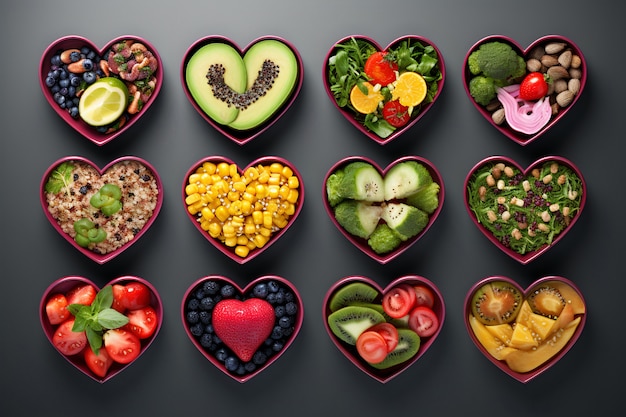
You don’t need a fully stocked kitchen to get started. Here’s what you really need:
That’s it. With just these basics, you can prep a full week of heart-healthy meals in under two hours.
Follow this simple 4-step framework to build meals that support your heart and fit your schedule.
Fiber is a heart hero. It helps manage cholesterol and supports healthy digestion. Choose one or two whole grains to prep in bulk:
Cook a large batch on Sunday and store in the fridge for up to 5 days.
Protein helps you stay full and supports muscle health. Focus on heart-friendly sources:
Cook proteins in bulk and portion into containers. Salmon can be baked with a drizzle of olive oil and lemon for heart-healthy omega-3s.
Aim for a rainbow of colors. Different colored vegetables offer various antioxidants and nutrients that support blood pressure and circulation.
Roast or steam a variety of veggies like:
Store in separate containers or mix into meals as needed.
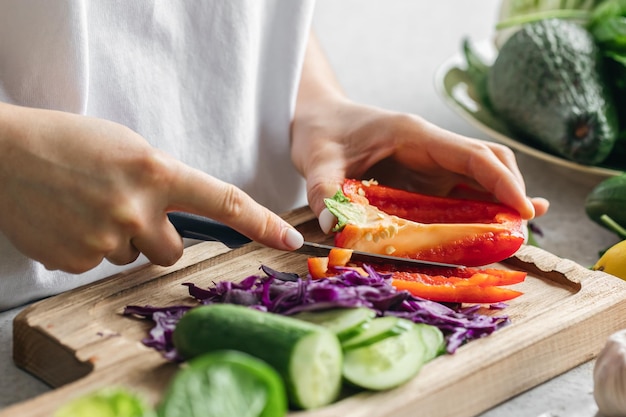
Avoid high-sodium sauces and dressings. Instead, flavor meals with:
These add taste without raising blood pressure or adding unhealthy fats.
Heart-healthy meal prep isn’t about perfection—it’s about progress. With minimal time and equipment, you can take meaningful steps toward better cardiovascular health. By planning ahead and choosing whole, nutrient-dense foods, you’re not just feeding your body—you’re protecting your heart, one meal at a time.
Make this week the start of a healthier routine. Your heart will thank you.

Health

Health

Health

Health

Health

Health

Wellness
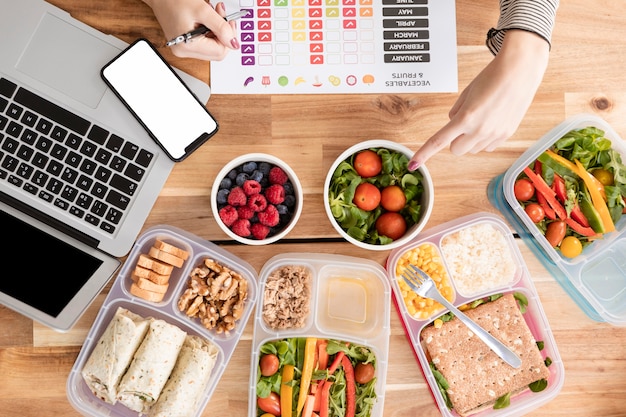
Wellness

Fitness
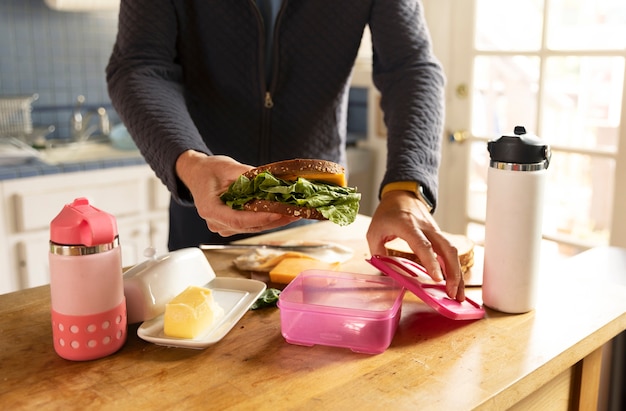
Fitness
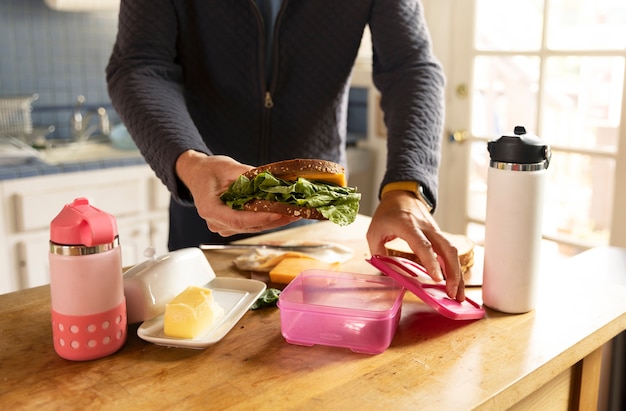
Wellness
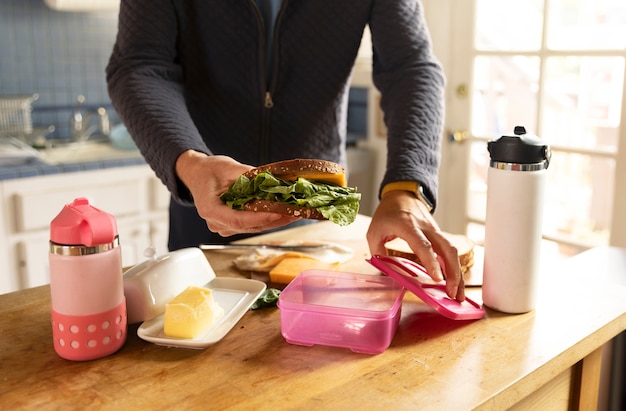
Wellness

Health

Fitness

Health

Health